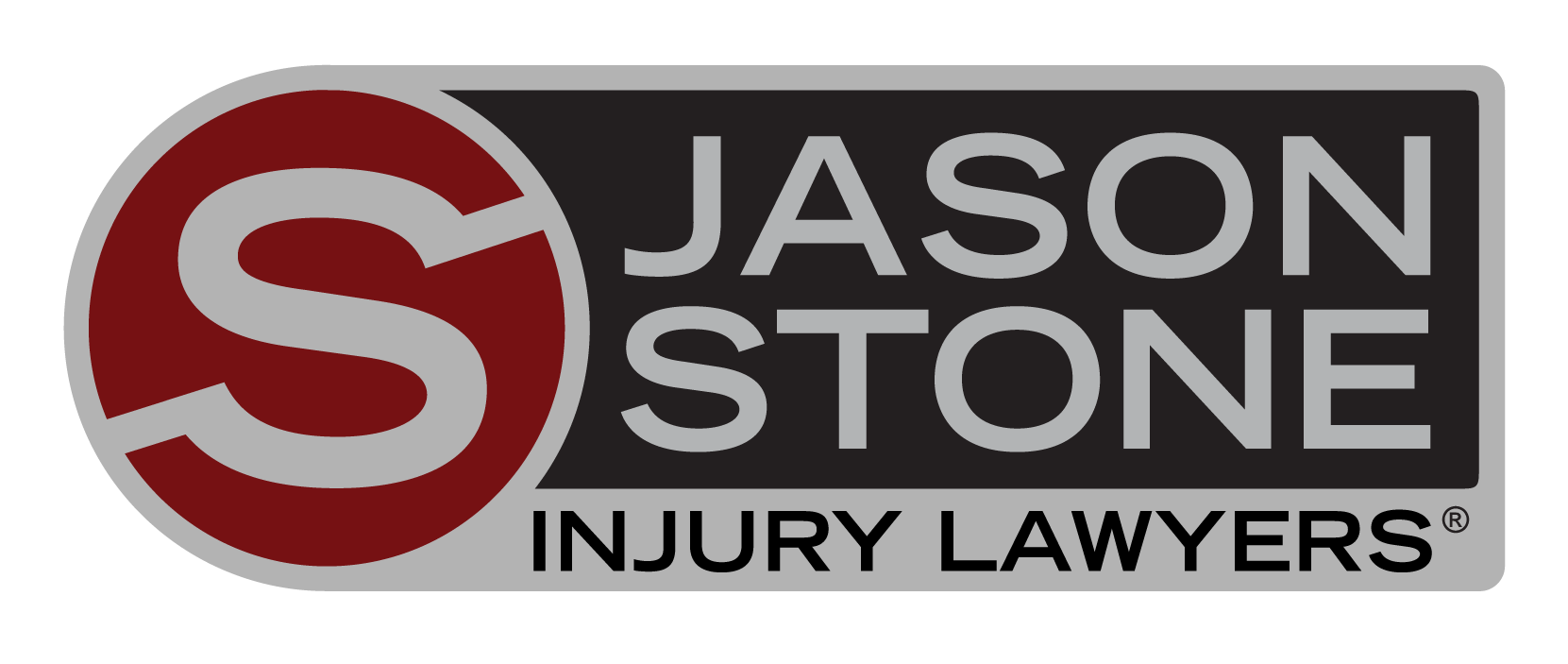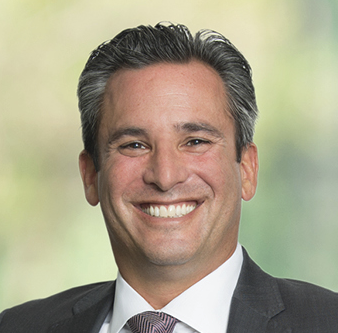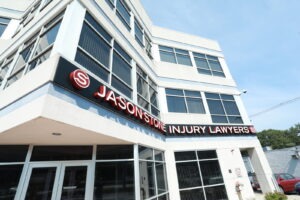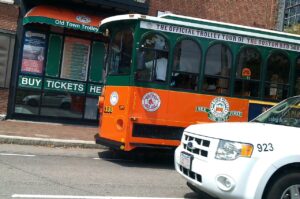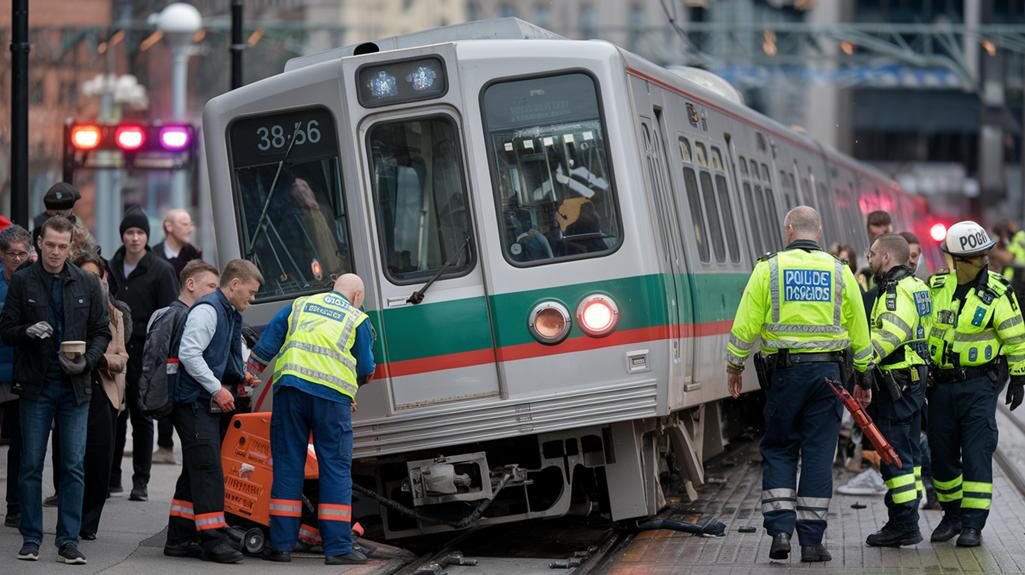In the aftermath of a T-bone accident in Boston, victims often face significant challenges as they deal with injuries and property damage. These collisions, where one vehicle strikes another perpendicularly, can lead to serious injuries and even fatalities. If you’ve been involved in a T-bone accident, it’s crucial to seek legal representation from a skilled Boston car accident lawyer who understands the intricacies of these cases. Our team of experienced personal injury lawyers in Boston is dedicated to providing compassionate support and expert advocacy to those injured in T-bone accidents. We’ll work tirelessly to investigate the cause of the accident, gather evidence, and build a strong case on your behalf. Whether you were a driver, passenger, or pedestrian affected by the T-bone accident, you can rely on us to fight for the compensation you deserve for your injuries, medical expenses, and pain and suffering. Don’t face the aftermath of a T-bone accident alone – contact us today for a consultation and let us help you pursue justice and the compensation you rightfully deserve.
The Physics of T-Bone Collisions
A T-bone crash, often called a side-impact collision, occurs when one vehicle strikes the passenger compartment area of another automobile. For occupants in the struck vehicle, the consequences are often severe. When another vehicle strikes your car head-on or from the rear, occupants have a substantial amount of metal standing between the passenger compartment and the other vehicle. Manufacturers design their vehicles to dissipate energy in collisions while protecting the reinforced passenger area. Unfortunately, there is much less energy-absorbing material along a car’s sides.
Beginning in 1970, manufacturers began reinforcing their automobile’s flanks with side guard door beams. Steady structural improvements followed, with torso airbags appearing in the late 1990s. In 2003, automakers introduced side curtain airbags. In the event of a T-bone collision, sensors deploy the curtain airbag between an occupant’s head and the nearby window opening to provide valuable protection.
The Aftermath of Side-Impact Collisions
No amount of engineering can repeal the laws of physics, and T-bone collisions still produce fatalities and permanently disabling injuries. Traumatic brain damage leads the list of severe injuries. Fractures of the skull, shoulders, ribs, hips, legs and feet also typify these collisions.
Persons who survive a T-bone collision may face lifelong paralysis or permanent cognitive issues. Owing to the violence inflicted inside the passenger compartment, survivors may also need help with post-traumatic stress disorder. All of these circumstances point toward high medical bills. For Massachusetts residents, the first step on the road to compensation is the commonwealth’s no-fault auto insurance system.
The Path to Injury Compensation
Massachusetts is among the few states that mandate no-fault auto insurance. Under the commonwealth’s laws, every driver must carry insurance that meets or exceeds mandatory coverage minimums. The personal injury protection component — the PIP — must cover at least $8,000 for the driver and each passenger.
Regardless of who bears fault for the accident, compensation for persons injured in a T-bone collision begins with a claim to their insurance carrier. Massachusetts allows up to two years to file this claim, but it makes sense to file as quickly as you can gather accurate information for the claim form. The commonwealth’s law requires insurers to pay within ten days of a claim’s approval.
Persons who carry health insurance may only apply $2,000 of their PIP to medical costs and must tap their health policy for any additional medical bills. Individuals with health coverage may still devote the remaining $6,000 PIP to compensate for lost wages. Persons with no health insurance may use all of their $8,000 PIP coverage for medical bills.
Injuries sustained in a T-Bone collision may easily exceed the state’s no-fault limits in short order. When PIP proves inadequate for medical bills, the door opens to securing compensation from the parties bearing fault for the accident.
The Massachusetts Tort Threshold
While negotiation between parties sometimes yields a settlement, a lawsuit is a likely next step. Besides death, the commonwealth spells out five conditions that allow a lawsuit to proceed:
- Medical bills in excess of $2,000
- Amputation of a body member
- Permanent or long-lasting disfigurement
- Loss of hearing or sight
- Bone fractures
To meet the threshold, you must provide definitive evidence for both your medical bills and treatments — one out of two will result in dismissal. With evidence in hand, the next hurdle is a Massachusetts civil procedure rule.
The Modified Comparative Negligence Rule
The doctrine of comparative negligence covers the possibility that fault for an injury may fall on multiple parties. Consider this example: A judge determines your injuries merit $80,000 in damages. The same judge determines that you were 25% at fault in the collision. The court reduces your damages by 25% and you receive $60,000.
Massachusetts implements a modified comparative negligence rule for tort actions. That modification involves the degree of fault. To receive any damages, you must prove that the other party bears the majority of the fault for your injuries — a 50-50 split leaves you with nothing.
Comparative Negligence in Settlement Negotiations
While the majority of lawsuits reach a settlement before coming to trial, the modified comparative negligence rule still figures heavily in the process. Attorneys for both sides in a lawsuit evaluate the same evidence and make educated guesses as to how a judge or jury will apportion fault. The same wargame strategy applies to damages. In most cases, attorneys find a point of common ground and the parties sign a settlement agreement.
Under comparative negligence, proving the other side’s degree of fault is a make-or-break task for receiving fair compensation. Achieving that level of proof requires skilled evidence collection.
The Value of a Personal Injury Attorney
The necessity of clearing the tort threshold and modified comparative negligence standard build a compelling case for engaging the services of an experienced personal injury attorney. Evidence collection is an essential mission, and a law firm can bring resources to bear that far exceed a layperson’s ability.
The proliferation of surveillance cameras offers the possibility of a video recording of the collision. The standard for surveillance video is to retain footage for thirty days and then reuse the recording medium. An attorney can ensure the preservation of this evidence until your claim reaches resolution.
Commercial Vehicle Evidence
When a commercial vehicle strikes a car in a T-bone collision, additional evidence is available. The federal government mandates that all commercial trucks carry an event data recorder to record a driver’s compliance with workday hour regulations. Many commercial carriers equip their vehicles with EDRs that exceed the federal standards, and these advanced units can reveal vehicle speed, gear selection and pedal status.
An increasing number of trucking and delivery companies also equip their vehicles with dash-mounted cameras. Federal law mandates that commercial carriers preserve their EDR data for at least six months. As for dashcam footage and non-mandated data, an attorney may need to move swiftly to guarantee preservation.
Forensic Specialists
When video footage or eyewitness accounts are unavailable, an attorney may call upon a forensic accident specialist. Drawing on accident scene photos and an examination of the impounded vehicles involved in the collision, these expert witnesses can build an account of how a collision unfolded. A network of expert witnesses is another compelling reason to seek out a capable personal injury attorney.
Establishing Fault
With thresholds cleared and evidence assembled, compensation boils to a straightforward question: Who was at fault? Many laypersons believe that when one vehicle strikes another, the driver of the vehicle that initiates contact automatically bears some fault for the collision. The reality of Massachusetts law is quite different.
Except for rare situations where mechanical failure causes a collision, questions of fault nearly always hinge on right-of-way facts. Simply put, when the law requires you to yield the right-of-way to another vehicle and you fail in this obligation, your chances of surmounting the modified comparative negligence standard are slim.
Along with strictly observing the right-of-way, the law expects you to exercise due care — plain common sense. Consider the situation of a winter afternoon with slick roadways. Your fellow motorists may well have difficulty braking at an intersection with four-way stop signs. Your due care obligation requires you to ensure that other motorists have halted their vehicles before you drive your car across their path.
Prevention Measures
The consequences of T-bone collisions will spur every reasonable person to prevent this tragedy. Begin with some driver safety basics:
- Do not rush through yellow lights.
- Adjust your speed to traction and visibility conditions.
- Do not drive when impaired by alcohol, medications or fatigue.
When it is time to purchase a new vehicle, use the online resources of the NHTSA and the Insurance Institute for Highway Safety. Both organizations test vehicles for T-bone collisions and publish detailed descriptions of the results. Be aware that crash test scores are a tool for comparing vehicles of similar size. With side-impact collisions, a large vehicle with a five-star rating provides substantially more protection than a subcompact with the same score.
Your Advocates for Fair Compensation: Jason Stone Injury Lawyers
Whether you confront the aftermath of a T-bone collision or any injury owing to another party’s negligence, the attorneys of Jason Stone Injury Lawyers stand ready to help. Serving Massachusetts for more than a decade, our team has helped thousands of injured Bay State residents receive the compensation they need to rebuild their lives.
We offer free case evaluations with no obligations and you may visit our offices in Boston, Natick, Peabody and Westwood. Remember, “There’s No Obligation, Just Information (R).” If we take on your case, we only get paid after you get paid. We invite you to contact us today.
Not Trusting What You’re Being Told?
Better Phone Stone
800-577-5188
 START MY NO OBLIGATION CONSULTATION
START MY NO OBLIGATION CONSULTATION